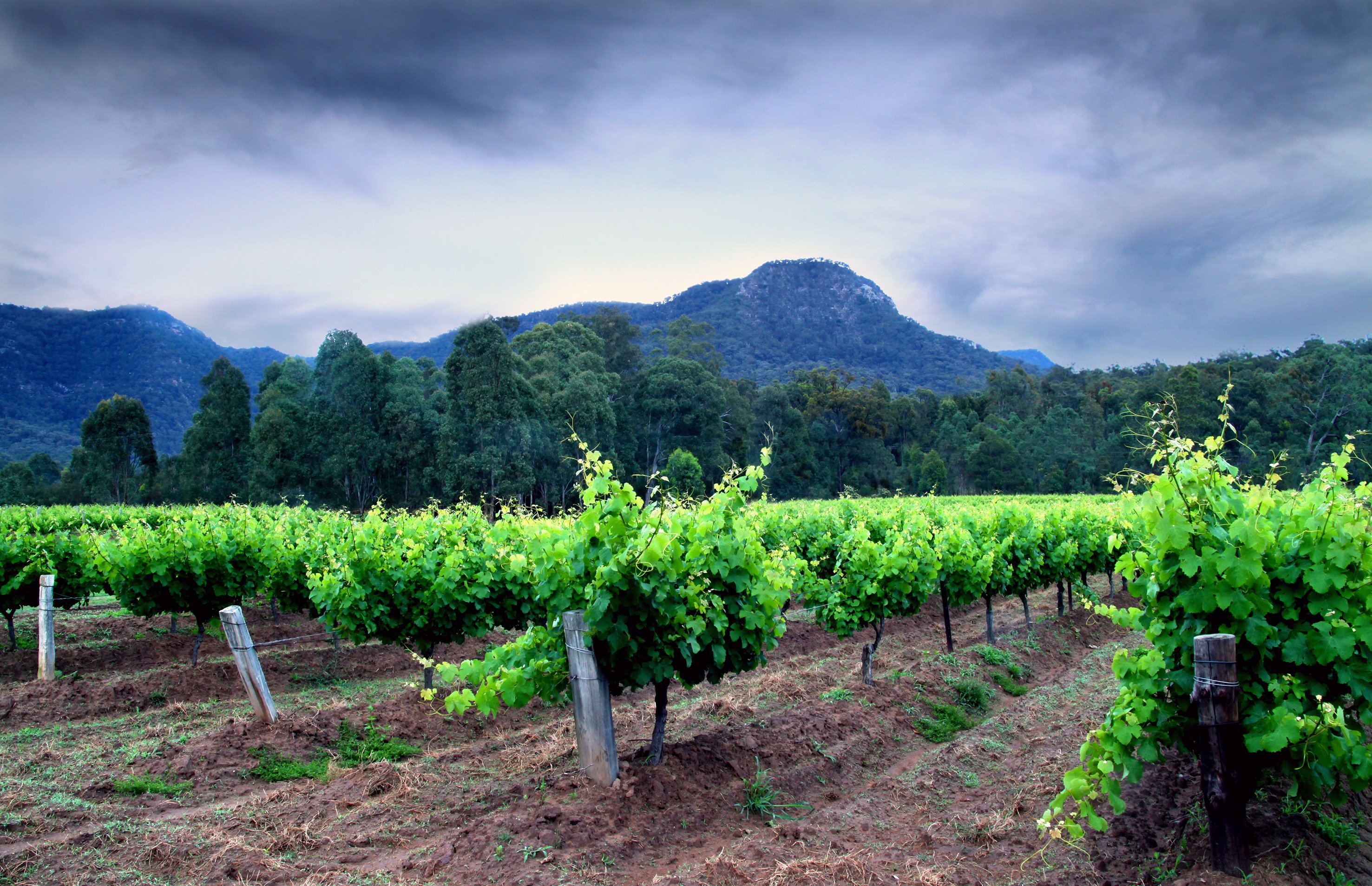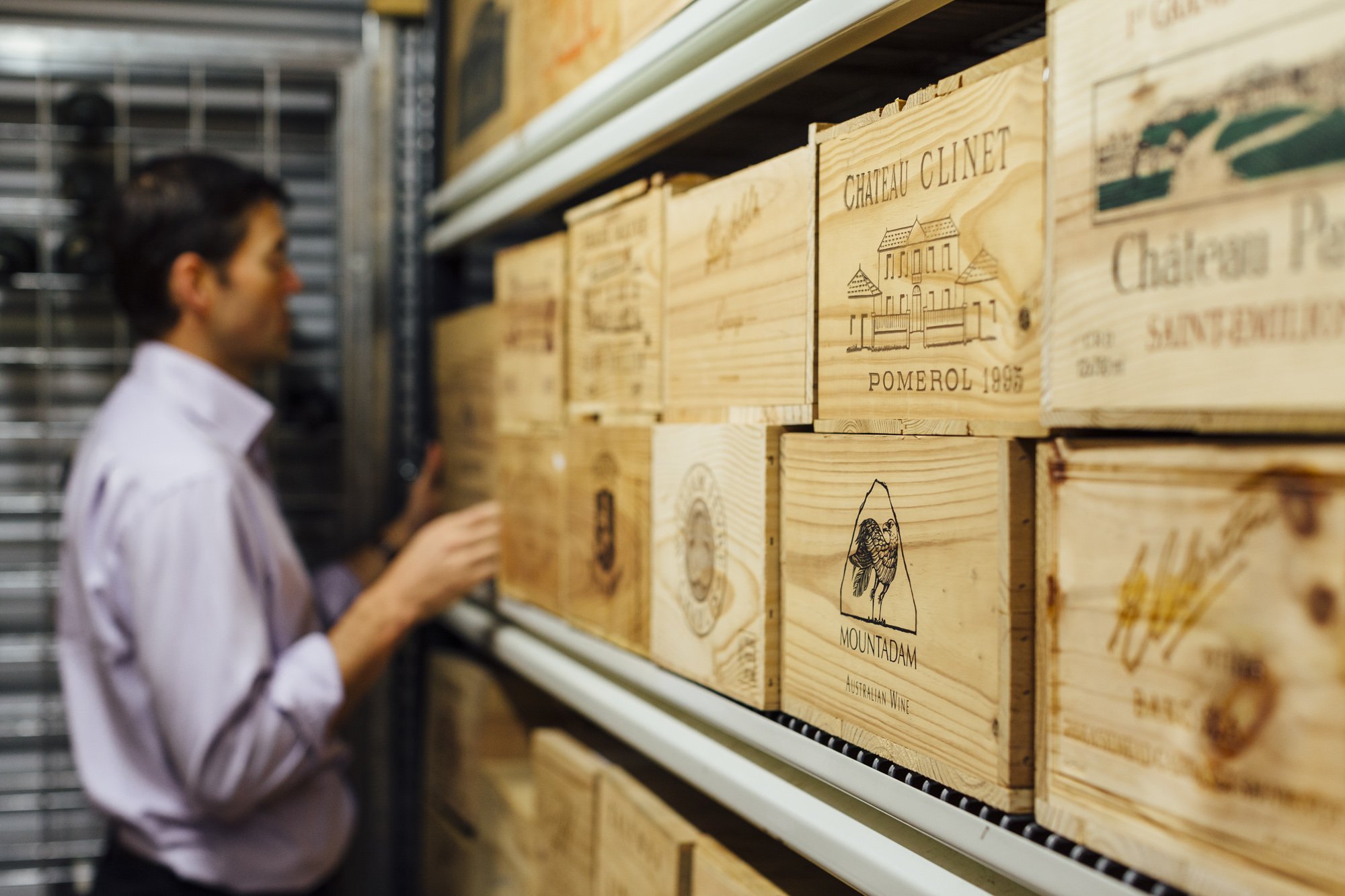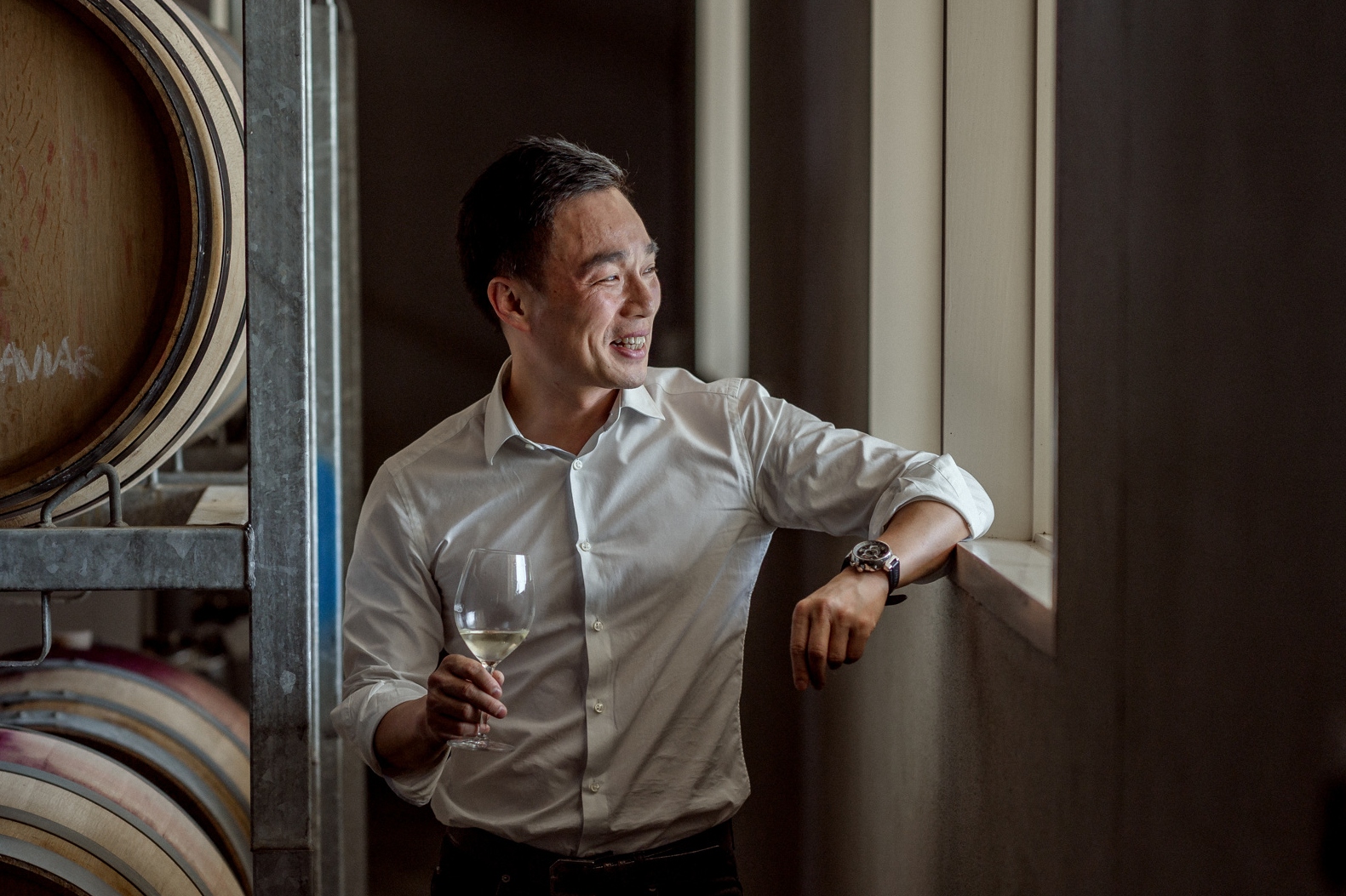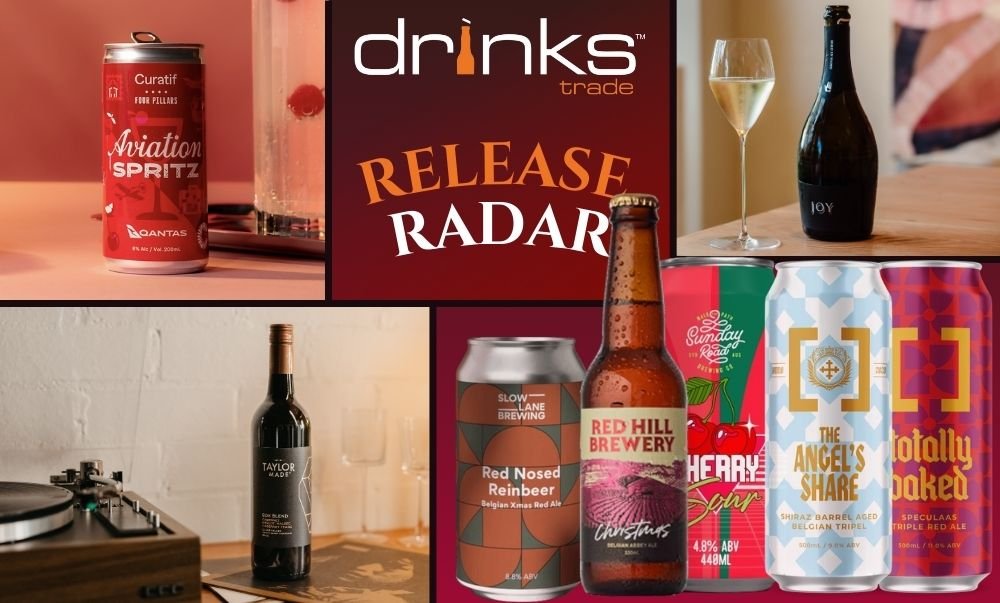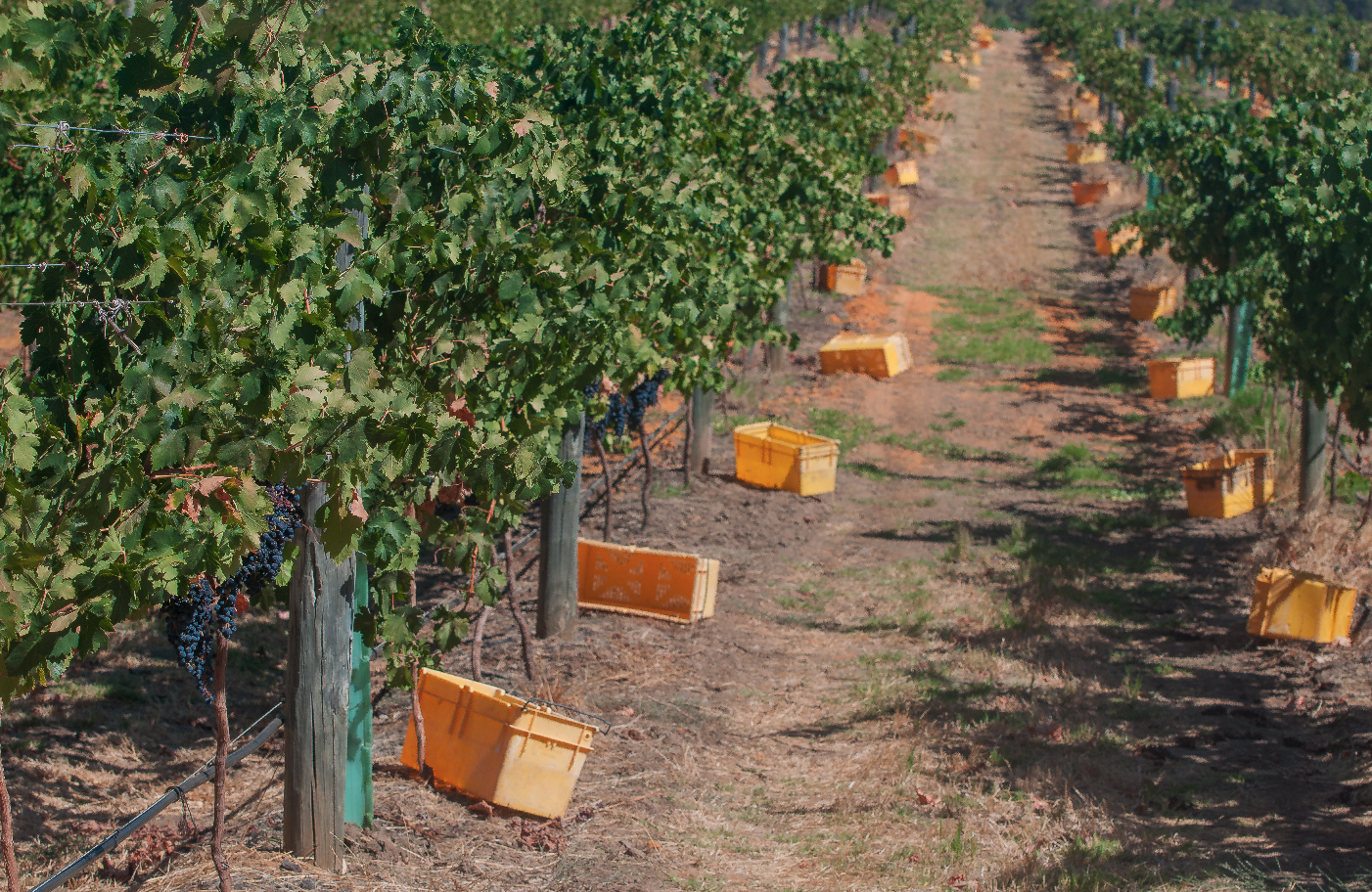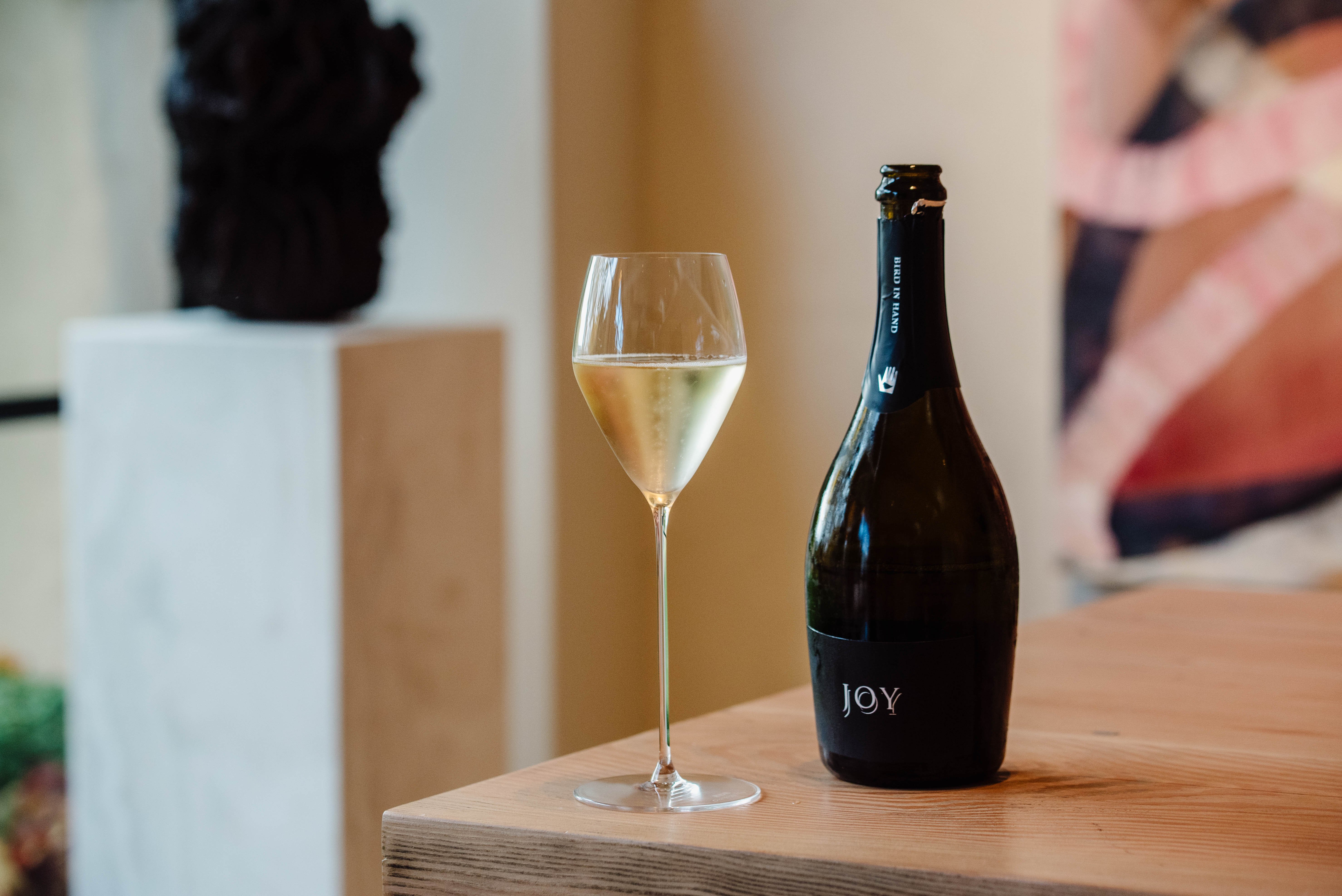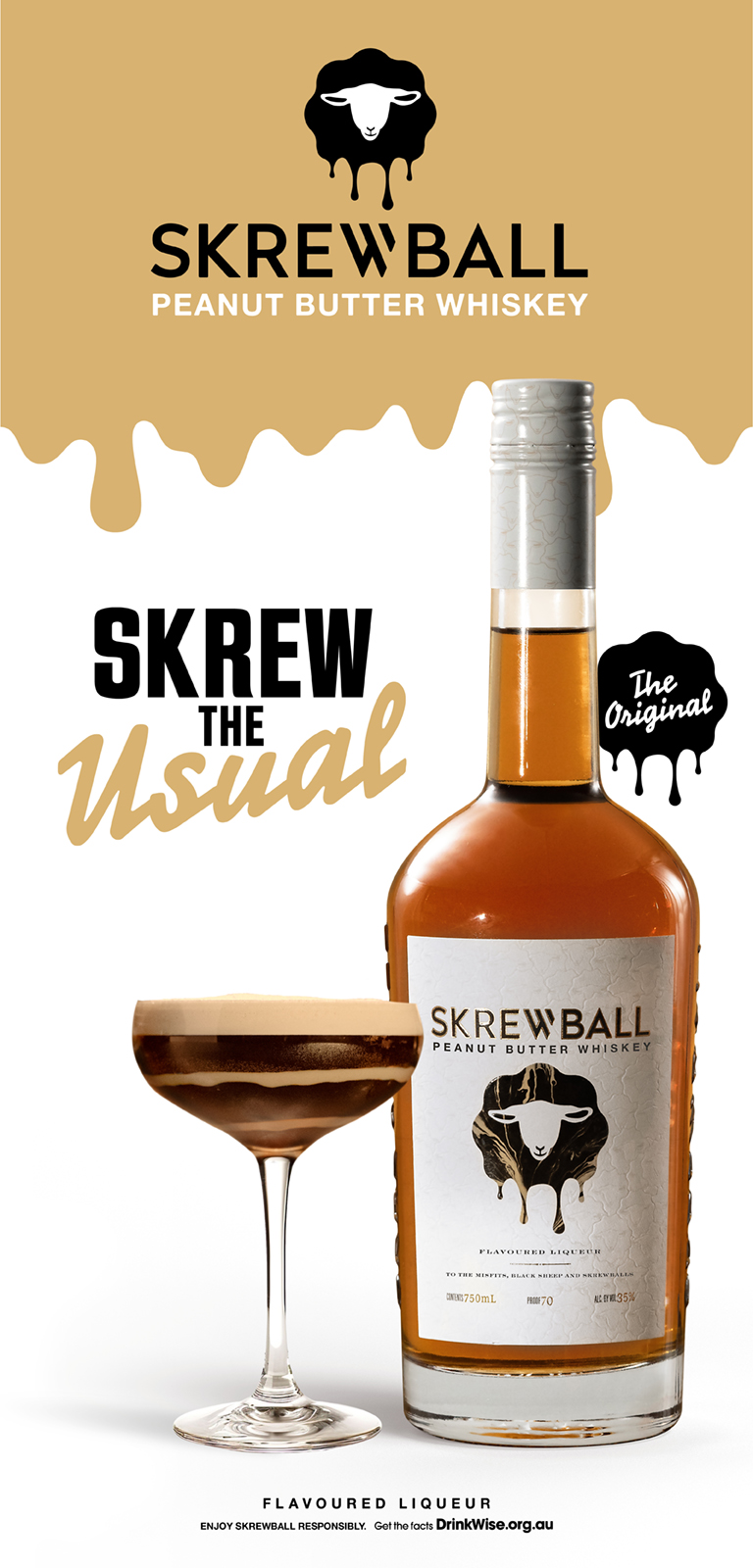It's no secret that wine worldwide is in a tough place right now. What’s more, as wine consumption continues to fall and the product surplus continues to grow, it appears that there is little sight of respite for the foreseeable future.
Firstly, the Australian industry is set to shrink, and in a big way. The most recent report from Australia’s Agricultural and Resource Economics Bureau ABARES predicts that, by the 2027-28 harvest, domestic winegrape production will have fallen to 1.2 million tonnes, down from a peak of over 2 million in 2021.
ABARES has attributed this to a number of factors, namely the consistently low prices of red grapes, the global oversupply, and the above-average reduced rainfall years predicted over the period.
IWSR data extends the list further with its data on the relationship between demographic and consumption. Whilst the number of regular wine drinkers in Australia is falling overall, the under-34 segment has shown the sharpest decrease, largely due to the seeming inaccessibility of the category. This pattern is a global concern, with a recent ProWein survey revealing that 62% of wine producers and 57% of traders believe wine must be made easier to understand if it wants to reach new consumers.
The same survey also revealed just how impactful the current economic climate has been on wine producers and retailers. When asked about the most-pressing threats to their companies, 73% listed cost increases, 59% listed the global economic downturn, and 48% (up from 30% in 2022) listed decreasing consumption.
With 73% of producers agreeing that wine supply has exceeded demand, the question of how the industry should proceed remains somewhat elusive.
One category highlighted by IWSR is that of sparkling and premium wine, which has experienced success in the under-34 demographic, especially through organic, minimal-intervention and sustainably produced products. The analysis by IWSR suggests that this category satiates both the demographic’s environmental concerns and its willingness to experiment, and has potential for premiumisation.
Another solution, supported by 63% of participants in the ProWein survey, is to reduce supply in order to rebalance the market.
Despite this, Wine Australia remains hopeful in their summary of the ABARES report, adding that the dire forecast may end up being on the high side of the possible outcomes.
Share the content
